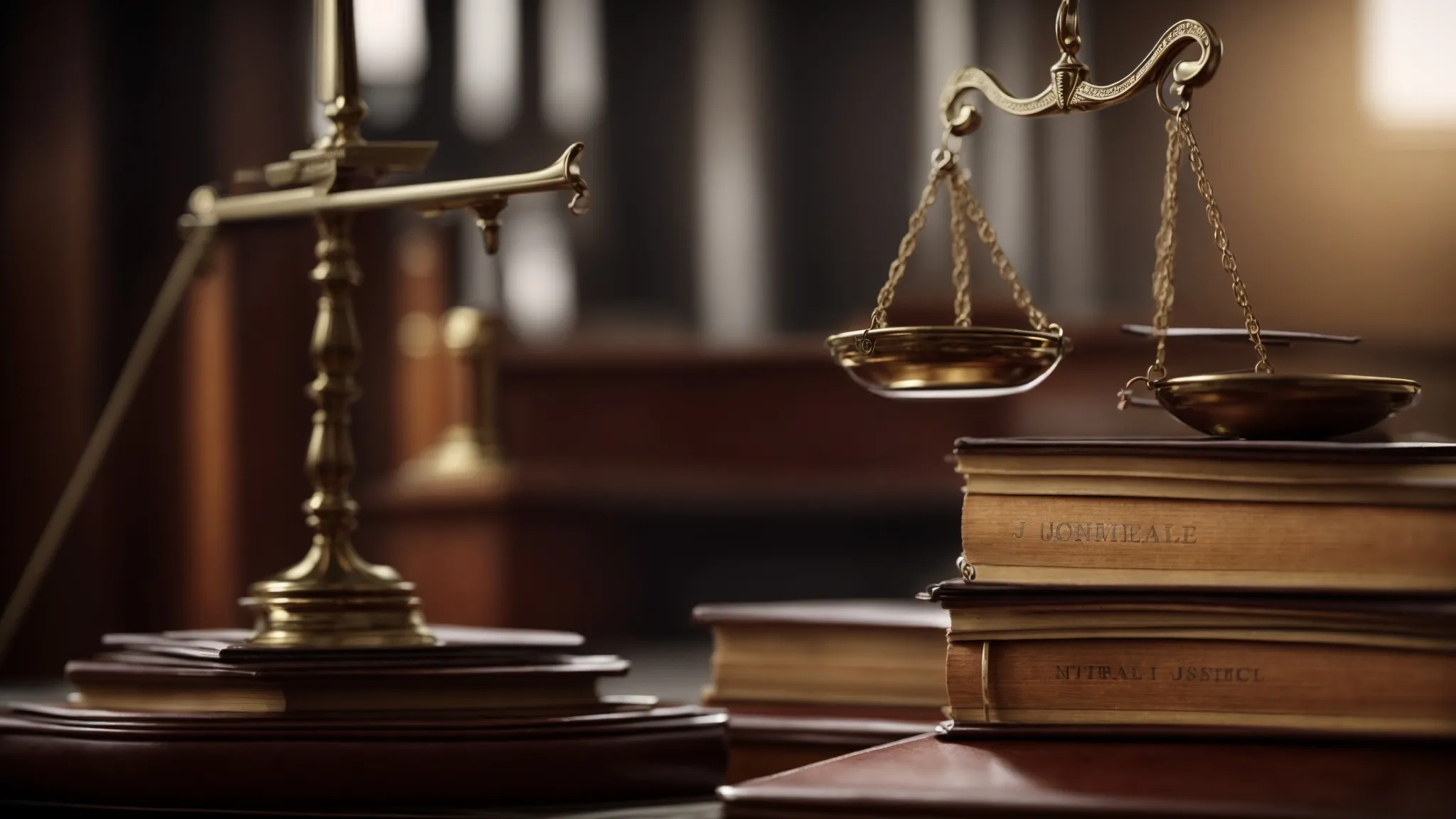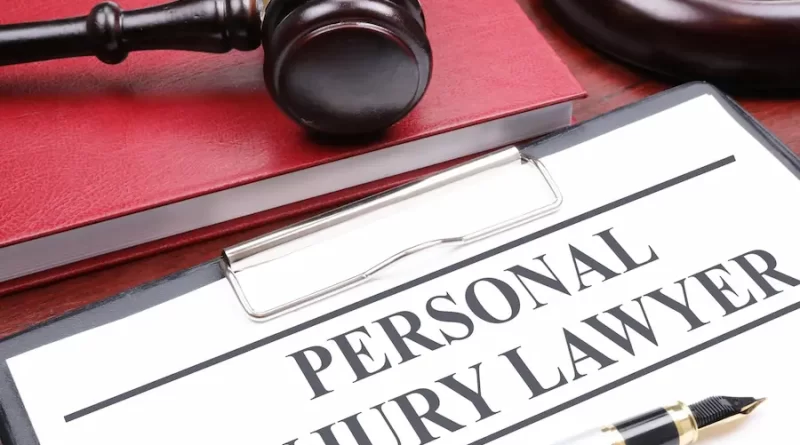Understanding Personal Injury Cases in Nevada
When an individual suffers physical or emotional harm due to someone else’s negligence, personal injury law steps in to provide a legal framework for seeking compensation. In Nevada, as in other states, this area of the law encompasses a wide variety of incidents, including vehicle accidents, slip and fall cases, and medical malpractice, among others. Navigating through the legal intricacies of such cases can be daunting, necessitating knowledgeable guidance. It’s crucial for victims to understand their rights and the processes involved to ensure just reparation. Below, we explore the intricacies of personal injury cases in Nevada to help individuals prepare and position themselves for the best possible outcomes.
The Nature of Personal Injury Law in Nevada
Personal injury law in Nevada is grounded on the principle of negligence, which requires proving that another party failed to act with reasonable care, resulting in harm. Victims, or plaintiffs, must demonstrate that the breach of this duty of care directly caused their injuries. This aspect of law serves to restore the injured party to their former state, as far as monetary compensation can be achieved.
It is essential to note that Nevada’s law includes specific provisions that may influence a case, such as damage caps on certain types of compensation. These caps may limit the amount of money that a plaintiff can receive for non-economic damages, such as pain and suffering. However, there are exceptions, particularly in instances of gross negligence or intentional harm.
Understanding the nuances of these lawsuits is non-trivial, as it can significantly affect the monetary compensation received. Therefore, being well-informed or represented is critical to successfully navigate through the complexities. For instance, Vegas personal injury attorneys are well-acquainted with such specifics. They can offer invaluable assistance in ensuring that an accident victim’s rights are fully protected under Nevada law.
Key Steps in a Nevada Personal Injury Claim

The first step in pursuing a personal injury claim in Nevada is to seek medical attention for any injuries sustained. Detailed medical records serve as crucial evidence in substantiating the extent and cause of injuries. Following medical assessment, it would be wise to consult with a personal injury attorney who can advise on the strength of the claim and the course of action to take.
After engaging an attorney, the next phase typically involves investigating the incident and gathering evidence. This involves collecting witness statements, police reports, and any available camera footage. Evidence plays an instrumental role in constructing a robust case to present to the insurer or the court, if necessary.
Subsequently, your attorney would likely commence negotiations with the involved parties’ insurance companies. Most personal injury cases are settled outside of court, and a well-negotiated settlement is often the most expedient means of compensation. However, if an agreement cannot be reached, the claim may proceed to trial, where it will be resolved by a judge or jury.
A critical part of this process is understanding the value of your claim. An attorney can guide you through both economic and non-economic damages, ensuring you seek a settlement that covers all potential costs. These may include immediate medical bills, ongoing rehabilitation costs, lost wages, pain and suffering, and any other losses pertinent to the injury sustained.
Comparative Negligence in Nevada Injury Cases
Comparative negligence is a legal concept that Nevada employs in personal injury cases, which can impact compensation. Under this rule, an injured party can still seek damages even if they are partially at fault for their injury. However, their compensation will be reduced by their percentage of fault. This system acknowledges that multiple parties can be responsible for an accident.
For example, if a court determines that a plaintiff is 20% responsible for an accident and the total damages amount to $100,000, the plaintiff’s compensation would be reduced by 20%, resulting in an $80,000 award. It’s a nuanced system designed to allocate compensation more fairly and proportionally to each party’s responsibility.
Overall, personal injury law in Nevada is a complex arena with specific rules and procedures that can significantly impact the outcome of a claim. By taking informed steps and acting promptly, those affected by negligence can navigate through the legal maze towards the restitution they rightfully deserve.

